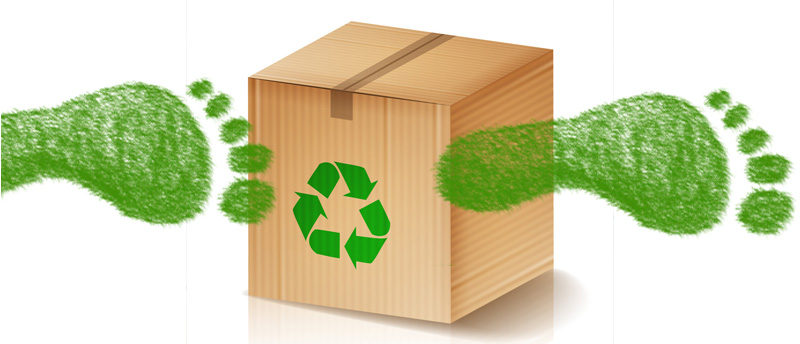In today’s environmentally conscious world, packaging has earned a reputation as one of the primary culprits behind excessive waste and carbon emissions. However, what if we told you that packaging plays a vital role in reducing CO2e (carbon dioxide equivalent) emissions too? Contrary to popular belief, responsible packaging practices can have a positive impact on the environment and contribute significantly to the battle against climate change. In this blog, we will explore the lesser-known side of packaging—the unsung hero working tirelessly to minimize CO2e emissions.
- Lightweight and Efficient Design
One of the key ways packaging reduces CO2e emissions is through its lightweight and efficient design. Modern packaging technologies have revolutionized the industry, allowing manufacturers to produce packaging that is both sturdy and lightweight. Lighter packaging translates to reduced transportation costs and lower fuel consumption during shipping, ultimately resulting in fewer emissions.
- Protective Barrier for Food Preservation
Packaging plays a crucial role in preserving food and preventing spoilage. By extending the shelf life of products, it helps reduce food waste—a major contributor to greenhouse gas emissions. Properly packaged food ensures fewer resources are wasted, from the energy used in production to the emissions generated during transportation and disposal.
- Minimizing Food Loss and Energy Consumption
In addition to protecting food, packaging helps reduce energy consumption during food production. Efficient packaging techniques allow for more products to fit in a single shipment, reducing the need for additional transportation trips and saving energy. This optimized supply chain results in lower CO2e emissions and less strain on natural resources.
- Sustainable Materials and Recycling
The rise of eco-friendly packaging materials has ushered in a new era of sustainability. Packaging made from recycled materials or biodegradable alternatives significantly reduces its environmental impact. Moreover, promoting recycling and circular economy principles for packaging ensures that valuable resources are diverted from landfills and put back into use, further curbing CO2e emissions.
- Innovative Technologies
Advancements in packaging technologies have opened doors to ingenious solutions for reducing carbon emissions. From smart packaging that monitors and maintains product freshness, thereby reducing food waste, to bioplastics made from renewable resources, these innovations strive to optimize efficiency and eco-friendliness.
- Communication and Awareness
Responsible packaging also includes clear communication about recycling instructions and the environmental impact of the packaging material. Educating consumers about proper disposal and recycling methods empowers them to make eco-conscious choices and reduce CO2e emissions.
Conclusion
Packaging is more than just a necessary vessel for products; it is a silent hero in our quest to combat CO2e emissions and protect the environment. Through lightweight design, food preservation, resource optimization, sustainable materials, and innovative technologies, packaging demonstrates its positive impact on the planet. As consumers and businesses alike embrace eco-friendly practices, the true potential of packaging to reduce CO2e emissions can be unlocked, and the packaging industry can continue its evolution towards a greener and more sustainable future. Together, let us celebrate the transformative power of responsible packaging and its pivotal role in preserving our planet for generations to come.


